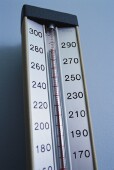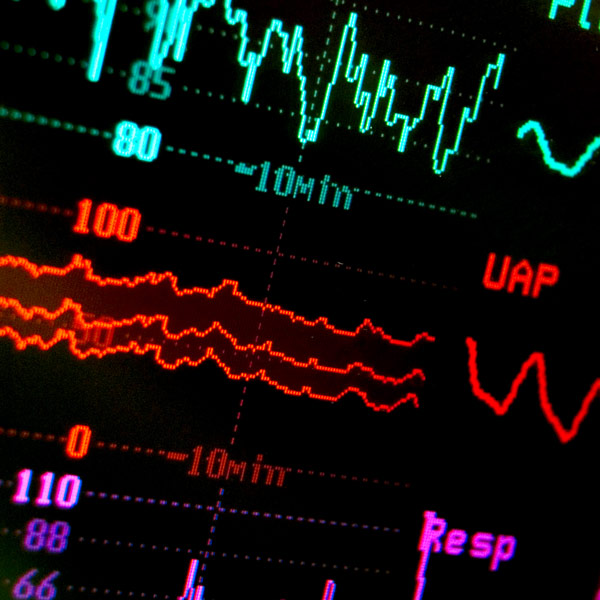
WEDNESDAY, Jan. 28, 2015 (HealthDay News) — If all Americans had their high blood pressure controlled, 56,000 fewer heart attacks and strokes would occur each year. And 13,000 fewer people would die — without increasing health costs, a new study claims.
However, 44 percent of U.S. adults with elevated blood pressure do not have it regulated, according to background information in the study.
“If we would get blood pressure under control, we would not only improve health, but we would also save money,” said researcher Dr. Kirsten Bibbins-Domingo, professor of medicine at the University of California, San Francisco School of Medicine.
“An investment in strategies to lower blood pressure will yield large health benefits as well as economic benefits,” she said.
Such measures could include more medical appointments for people with elevated blood pressure, home blood pressure monitoring and measures to improve medication compliance, Bibbins-Domingo suggested.
In 2014, an expert panel appointed by the U.S. National Heart, Lung, and Blood Institute released new guidelines for treating high blood pressure. These new guidelines target people with higher blood pressure levels.
Moderate high blood pressure is defined as a systolic pressure (the top reading) of 140 to 159 mm Hg or a diastolic pressure (the bottom reading) of 90 to 99 mm Hg. Severe high blood pressure is 160 mm Hg or more over 100 mm Hg or more.
The goal of treatment is to reduce these numbers. The American Heart Association defines normal blood pressure as systolic pressure of less than 120 mm Hg and diastolic pressure of less than 80 mm Hg.
“There is no reason that our country shouldn’t be doing better at controlling blood pressure,” said lead author Dr. Andrew Moran, an assistant professor of medicine at Columbia University Medical Center in New York City. “There are medications that are effective, cheap and safe, and we could even save money by treating people.”
But many people need to be convinced of the need to lower their blood pressure, he said.
“High blood pressure, unlike other conditions where you have symptoms all the time like chest pain, is without symptoms for many years, and many patients don’t understand if they are not feeling bad they should [still] be taking medications,” Moran said.
For the study, published in the Jan. 29 issue of the New England Journal of Medicine, the researchers developed a computer simulation to project the effect of guideline adherence on adults aged 35 to 74. They specifically looked at treatment costs and lives saved.
Full implementation of the new guidelines would reduce deaths and treatment costs for men and women ages 45 to 74 with heart disease, the study found. It would also prevent those with moderate high blood pressure from developing heart disease and stroke, Bibbins-Domingo said.
The study suggests it’s not cost-effective to treat women aged 35 to 44 who don’t have heart disease for moderate high blood pressure. However, Moran said this finding might change if these data were extended over several decades.
The researchers did not look at the cost-effectiveness of treating high blood pressure in patients older than 74, which is the focus of another study.
“High blood pressure remains a leading preventable cause of heart attacks, heart failure, strokes, kidney disease, and premature deaths from heart disease and stroke,” said Dr. Gregg Fonarow, a spokesman for the American Heart Association and a professor of cardiology at the University of California, Los Angeles.
The American Heart Association, American College of Cardiology and the U.S. Centers for Disease Control and Prevention recommend use of these guidelines to achieve better blood pressure control, Fonarow said.
“This study suggests that these interventions, even if they require additional annual costs of $600 to $1,230 per patient, would still be wise investments and provide substantial value,” Fonarow added.
More information
To learn about your risk for high blood pressure, visit the American Heart Association.
Copyright © 2025 HealthDay. All rights reserved.

